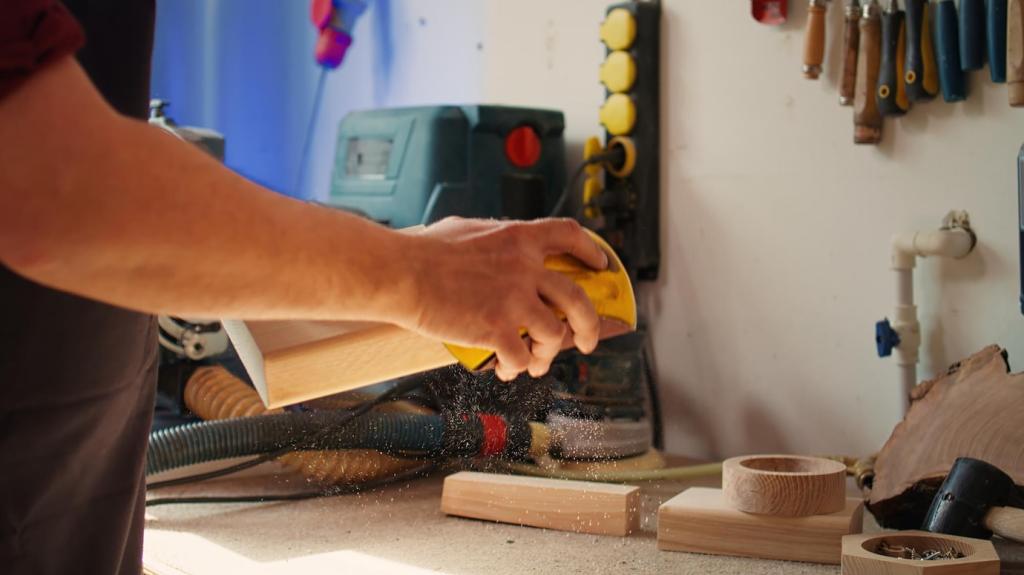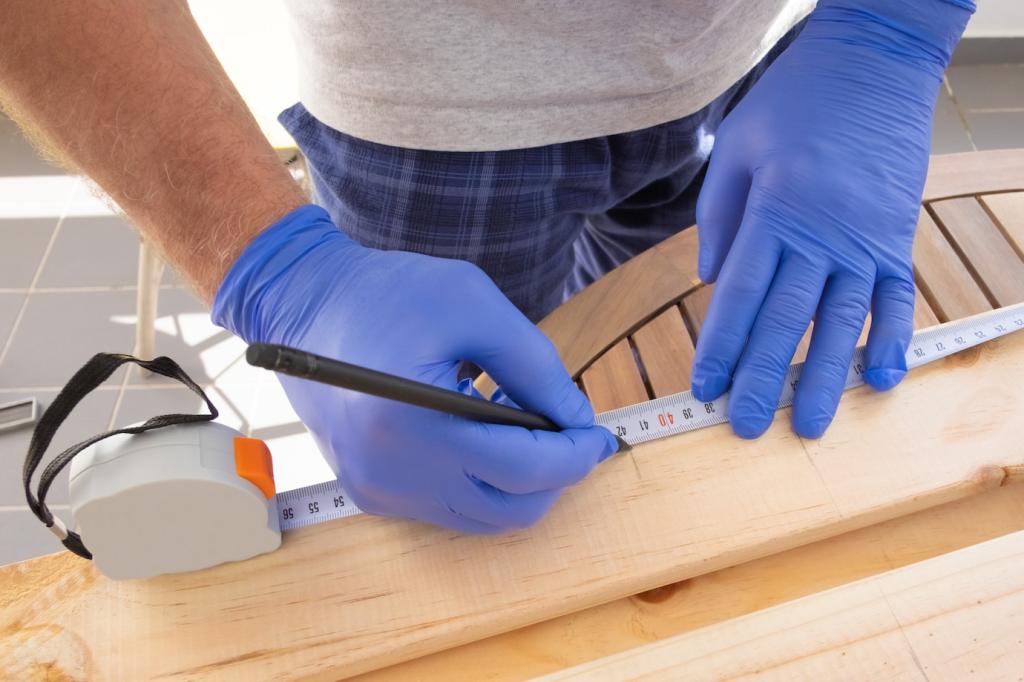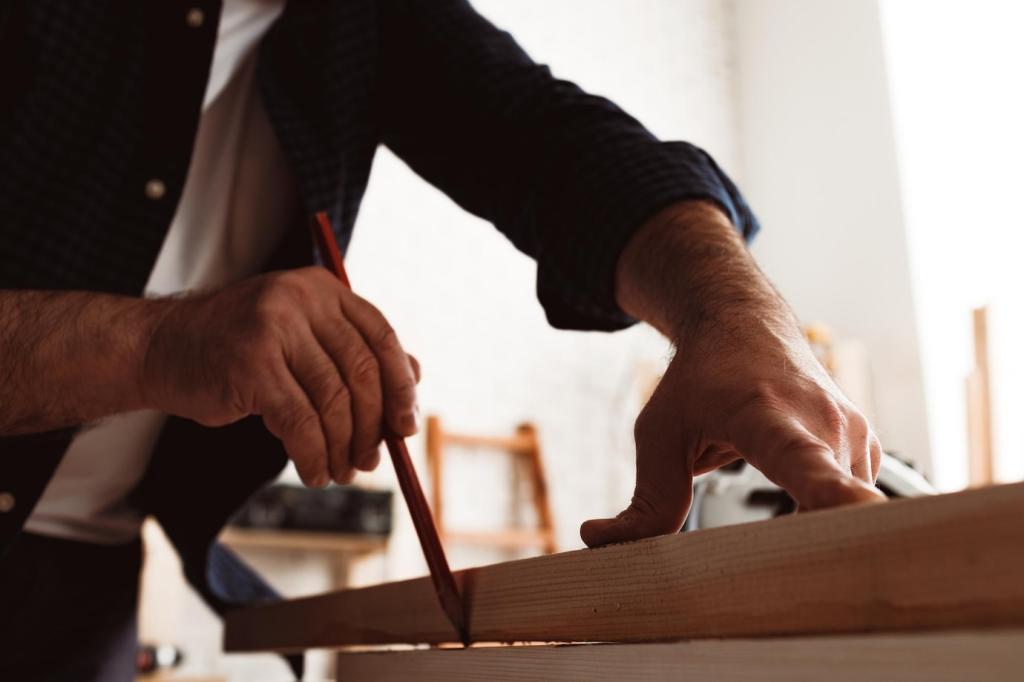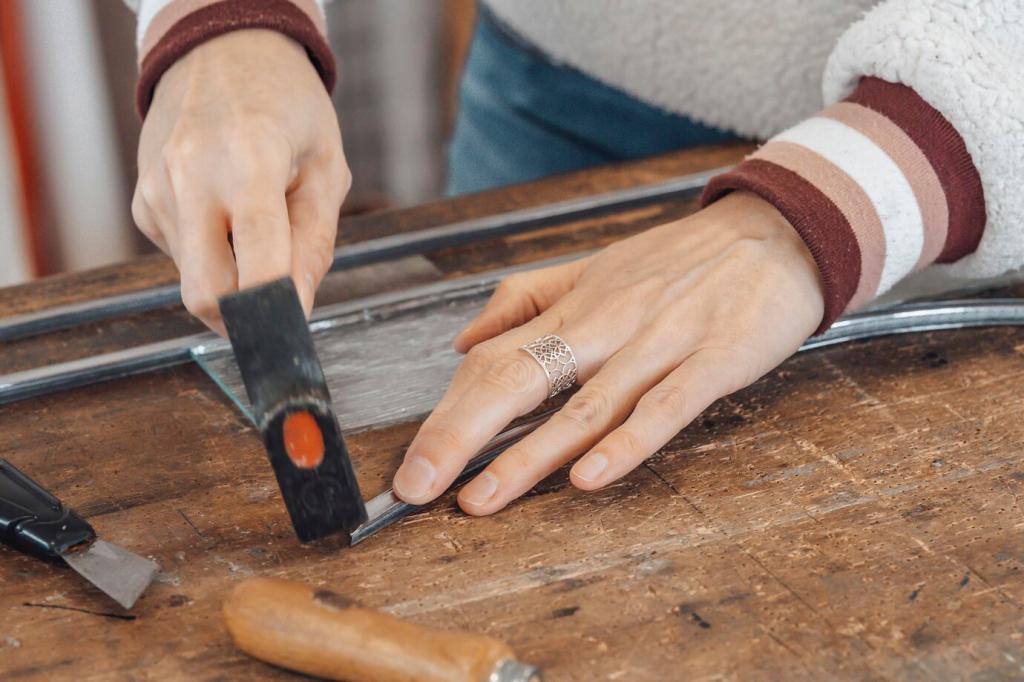Daily Dusting and Gentle Cleaning
Use a clean, dry microfiber cloth or a slightly damp soft cotton rag to trap dust without grinding particles into the finish. Avoid feather dusters that flick grit around, and always wipe with the grain to protect clarity and sheen.
Daily Dusting and Gentle Cleaning
Combine a few drops of mild dish soap with distilled water for a gentle cleaner that won’t haze lacquer or strip oil. Lightly moisten your cloth, never saturate the surface, and test first on an inconspicuous underside or back edge.









